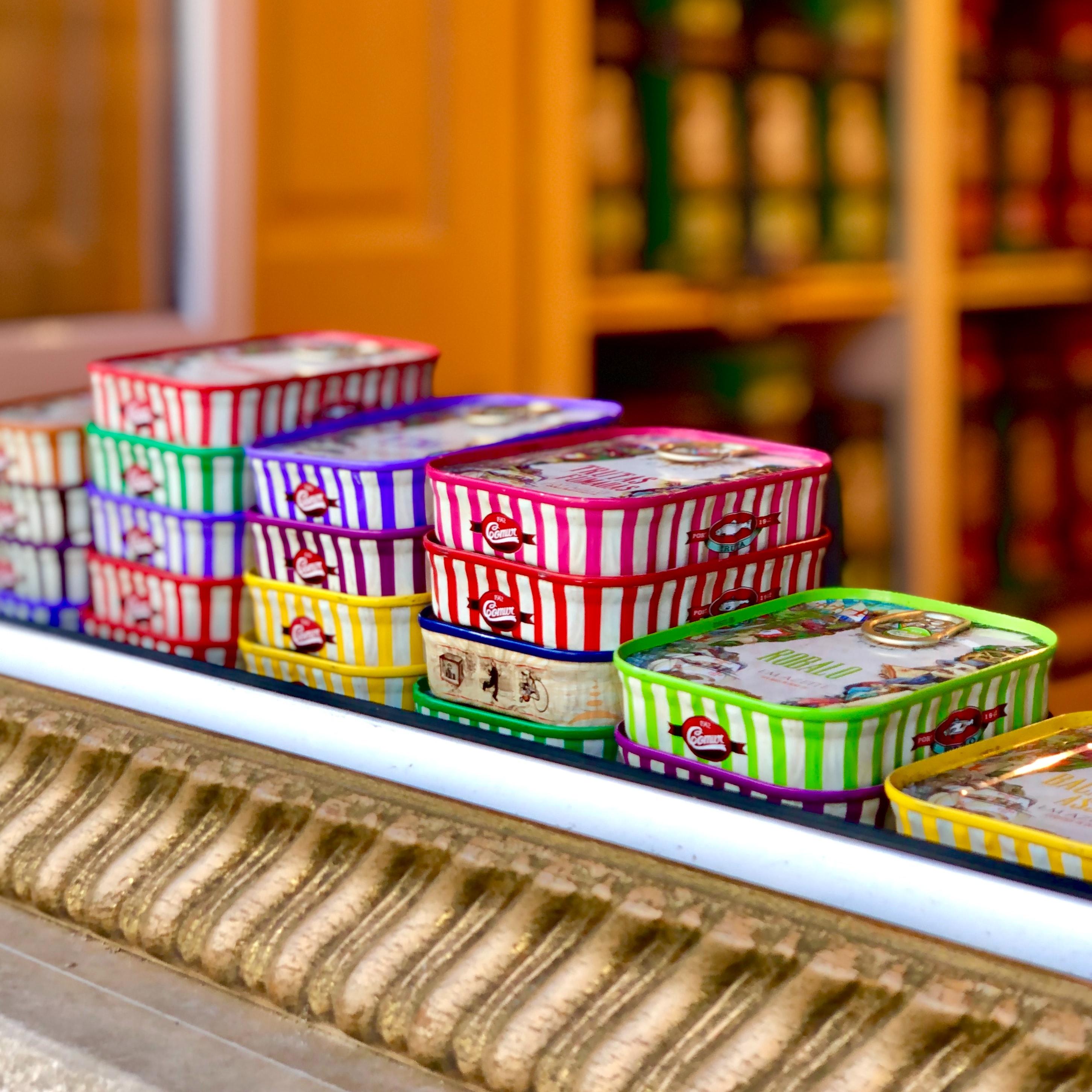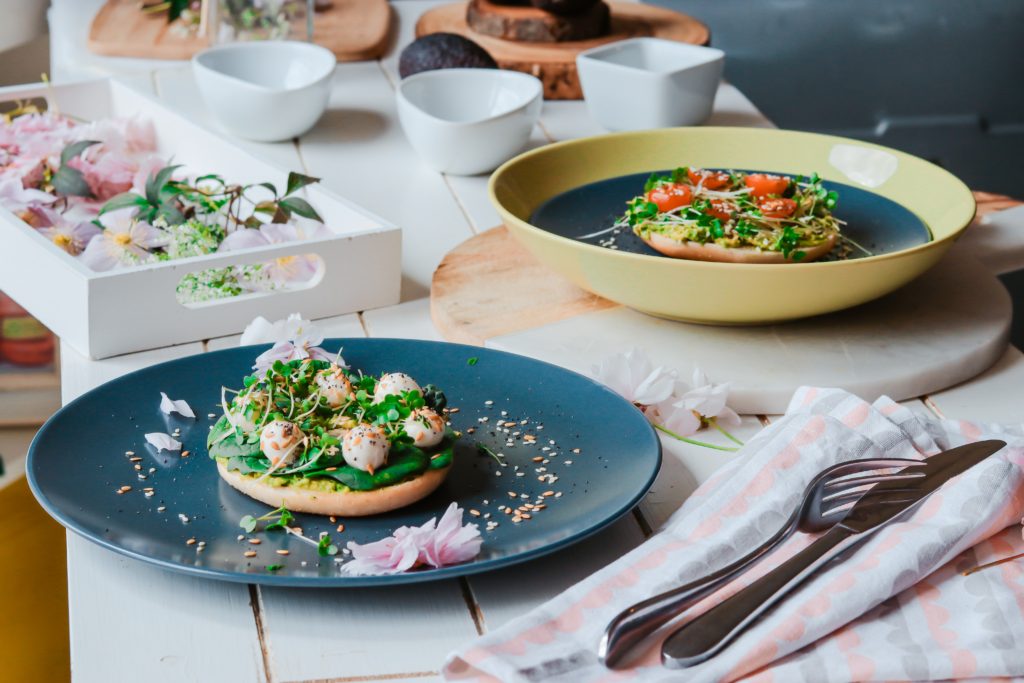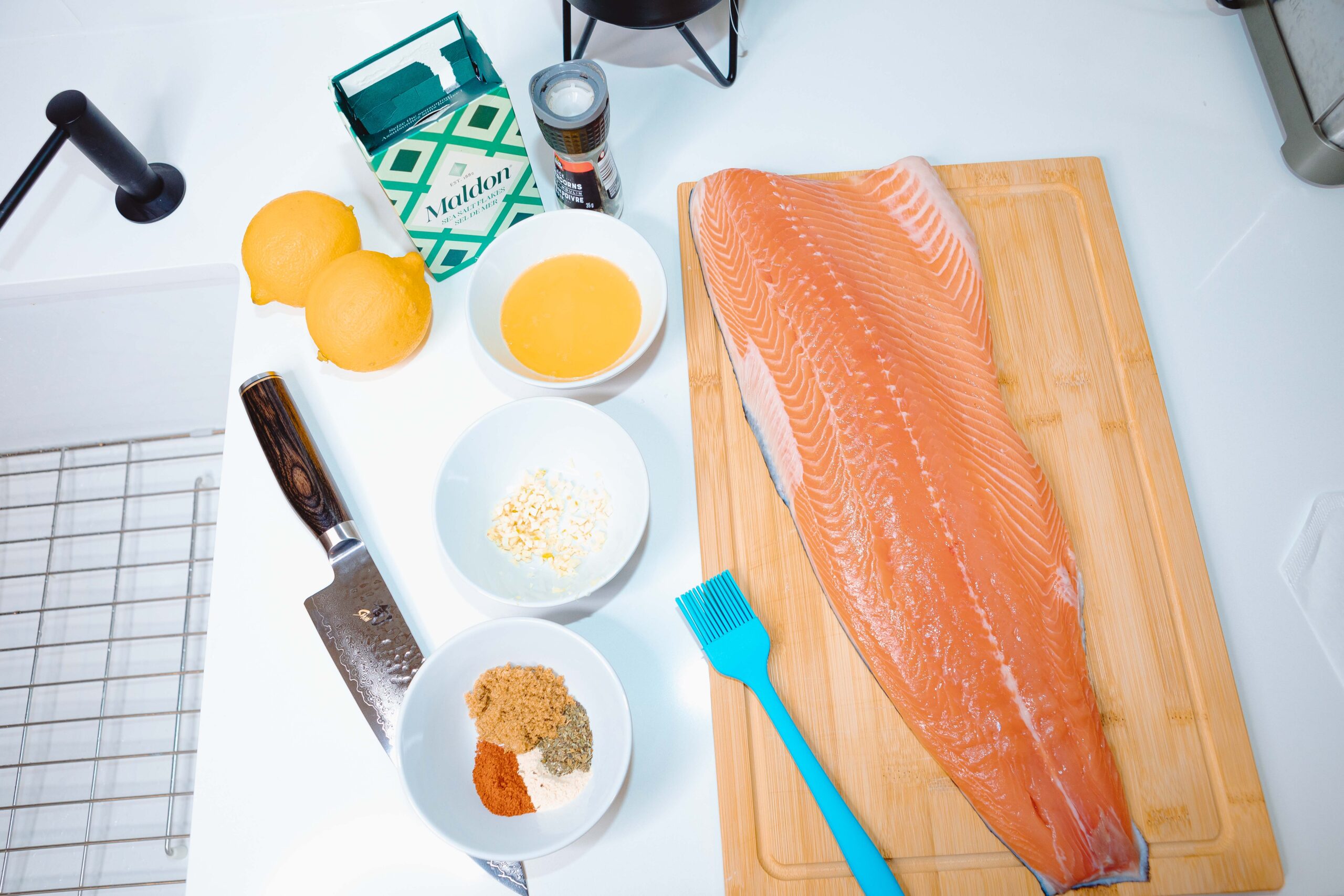
How to enjoy seafood on a budget
Seafood is not a luxury food item.
I feel obligated to get that out into the open right away.
There’s a common misconception that seafood is a high-end, luxury product that can’t be enjoyed on a budget. But that couldn’t be further from the truth.
Seafood is actually one of the most accessible and affordable proteins on the planet. No matter what your budget is, there are seafood options accessible to you.
In today’s post, I’m going to share ten strategies that you can use to put high quality, sustainably sourced seafood on your plate for an affordable price.
The goal of this post isn’t to tell you where to find cheap, unsustainable, low-quality fish. I’m not interested in that and I doubt that you are either. When you see seafood being sold at a price that seems too good to be true, it likely is too good to be true. It means that your savings are coming at a cost to someone else, whether it’s the fishermen who weren’t paid a fair wage or the ecosystem being destroyed by unsustainable harvest methods.
The goal of this post is to show you how to make your money stretch a little bit further and find affordable seafood options that don’t hurt fishermen’s livelihoods, the marine ecosystem, or your bank account.

Here are ten strategies for enjoying seafood on a budget!
Buy local and in season
Fish that are in season are more abundant and readily available, so they’re often priced lower. Buying local also keeps your hard-earned dollars in the local economy and gives you an opportunity to learn more about what fish call the waters near you home.
Buy the whole fish
Buying whole fish often works out to a lower price per pound because you’re not paying for someone to process it. It requires a little extra work on your part since you’ll have to do any processing like descaling, filleting, and cleaning yourself. It actually presents a great opportunity to master a new skill and get a little bit closer to your food. There are plenty of YouTube videos that you can refer to for guidance and if you don’t eat the entire fish, you can freeze extra portions for future use
Use the whole fish
Since you’ve got the whole fish, you might as well use it! Don’t discard things like fish heads and bones or shellfish shells right away. These parts of the fish can be used to make stock or add flavour to soups and chowders. When you’re seafood shopping, you can also ask your fishmonger for the trimmings, which are often discarded but still great to cook with. For example, you can get a piece of a salmon tail that would normally be thrown away and use it to make a salmon and cream cheese bagel.
Buy directly from a fisherman
Buying directly from fishermen shortens the seafood supply chain by removing roles like buyers, processors, distributors, and retailers. With fewer people to pay along the chain, consumers often end up paying a lower price per pound.
Buying direct from a fisherman is also a great way to ensure your seafood is sustainably sourced. Use the Local Catch Seafood Finder to locate a fisherman in your area to buy direct from.
Eat more small fish
Species like sardines, herring, and anchovies are very inexpensive and delicious. They’re also more sustainable because they’re lower on the food chain and typically caught by seine nets that skim only the top of the water, limiting bycatch and damage to the ocean floor.
Look for white fish
White fish is one of the most affordable seafood options out there. Species like rockfish and lingcod are abundant off Canada’s west coast and are also very versatile; they can be fried, steamed, grilled, etc.
Read next: Panko crusted rockfish recipe
Cook smaller portions
Make your seafood last longer by cooking smaller quantities of at it a time. For example, make a seafood appetizer instead of a main dish, or cook a heartier dish like pasta with a seafood sauce. This way, you’ll still get the health and taste benefits of seafood, without cooking all of it at once
Stock up on seafood with a long shelf life
Canned seafood has a long shelf life so you can stock up when it’s on sale. Generally, canned seafood also tends to be more affordable. You can also stock up on frozen seafood when on sale. Frozen fish will last in the freezer for up to a year.
Make a meal plan and a grocery list
Make a plan at the beginning of every week so that you know exactly how you’re going to use your seafood and exactly how much of it you need. This will help you avoid impulse spending or wasting seafood because you bought too much of it.
Be open to trying new things
Fish is seasonal and the most affordable option won’t always be a species you’re used to. Don’t be afraid to experiment with new species and try things that are in season or when they go on sale.
As you can see, it’s possible to enjoy seafood, no matter what your budget is. These are my top strategies to put seafood on your plate without breaking the bank.
What are some of your tips for enjoying seafood on a budget?
Learn more about how to eat seafood on a budget in episode 4 of my weekly “Seafood Chats”



